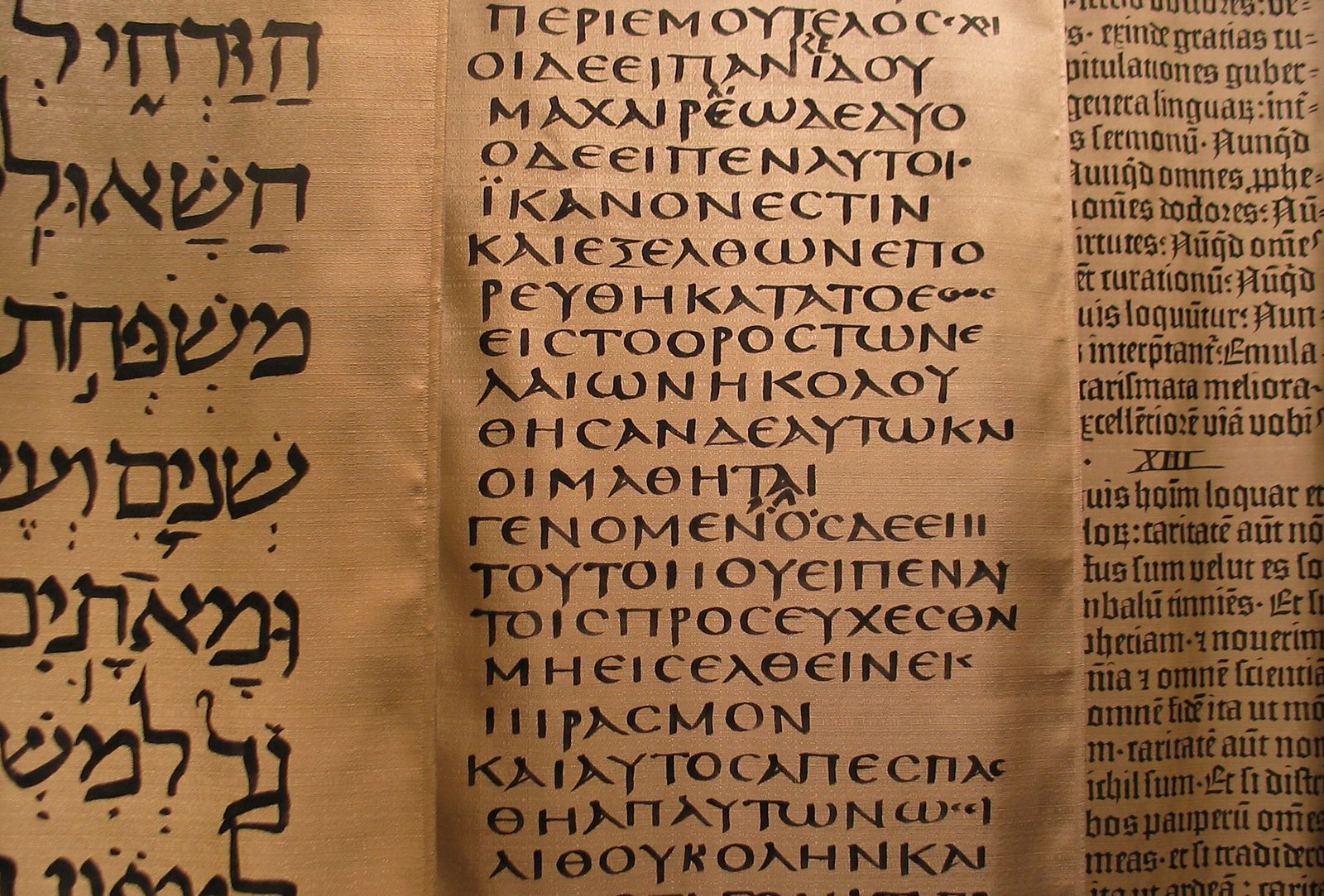I have been using these terms earlier and some people have been asking what it is all about. In my original statement, I claimed, that the question is not so much if we interpret certain passages literally or symbolically, but the real question will be if we interpret a passage contextually or speculative. Let me explain, what I mean by that:
Obviously, there are verses in the Bible, that we have to interpret literally, while there are numerous passages, that we only can understand in a symbolic way. To avoid guessing whether a passage is to taken literal or symbolic, we have to consider the context. That means, not only the context in the sense of what is written before and after a certain passage. I am also talking about the historical and cultural context of a text. Especially it is important to consider, what literature style the passage consists of.
For instance, we all know, that Psalm 23 is not to be interpreted literally. Jesus is not leading us to a real brook and a green meadow. We know that intuitively because Psalms are written in the style of poetry. But if we come to Revelation, we tend to interpret literally, because we are not aware, that Revelation is as well written as poetry. It is prophetic, symbolic language in the style of the Old Testament prophets, which is so often written in a poetic way. Old Testament Prophets saw things in symbols. God would ask the prophet: “What do you see?”. Then the prophet would respond and finally, God gives him the interpretation. Like in …
Amos 7:8 – “And the Lord said to me, “Amos, what do you see?” And I said, “A plumb line.” Then the Lord said, “Behold, I am setting a plumb line in the midst of my people Israel; I will never again pass by them;”
So the plumb line is obviously not to be interpreted literally.
If John sees things in his vision in Revelation, he does not see future real events, that he just didn’t find words for. That’s how futurists interpret the book of Revelation. They think John saw a real future event, but because he never saw a cruise missile before, he described it as a locust with fire from its mouth. That’s speculative interpretation. You have to guess, what he could have seen and found a related literal interpretation in our world.
So when we read, that John saw locusts, we have to first understand, that he saw something symbolic. The best way to understand it is to go to the rest of the Bible, especially the prophetic books and try to find out what locusts mean.
Let me give you an example from Revelation. John sees some people taking the mark of the beast in their forehead or their right hand. If you interpret this literally, you have to speculate, what this could be. All kinds of ideas came up lately. Of course, the newest speculation is about the RFID Chip, that will be transplanted under the skin.
First of all: Isn’t it interesting, that the “mark of the beast” is mentioned 7 times in the book of Revelation. At the same time, Revelation mentions seven times, that the servants of God are being “sealed in their foreheads”. Now, why is it, that the mark of the beast is taken literally, but the “seal of God” on his servants’ foreheads is taken spiritually?
If we go into Old Covenant language, we will find out very quickly, that God commanded the Israelites, to “bind the words of the law” onto their right hand or their forehead, so that they will not forget it. The forehead is speaking about our mind, while the right hand is speaking of our deeds. So, giving the Israelites this command, he wants to make sure, that their thinking and their actions are guided by the words of the law.
In the same way, Revelation describes people, that have not the words of the law defining their thinking and actions, but the principles and philosophy of this world.
There are numerous other passages, that will appear in whole new light if you start to interpret Revelation along these terms. Go ahead and let the adventure begin …
Please do not interpret the Bible with the evening news!



Leave A Comment